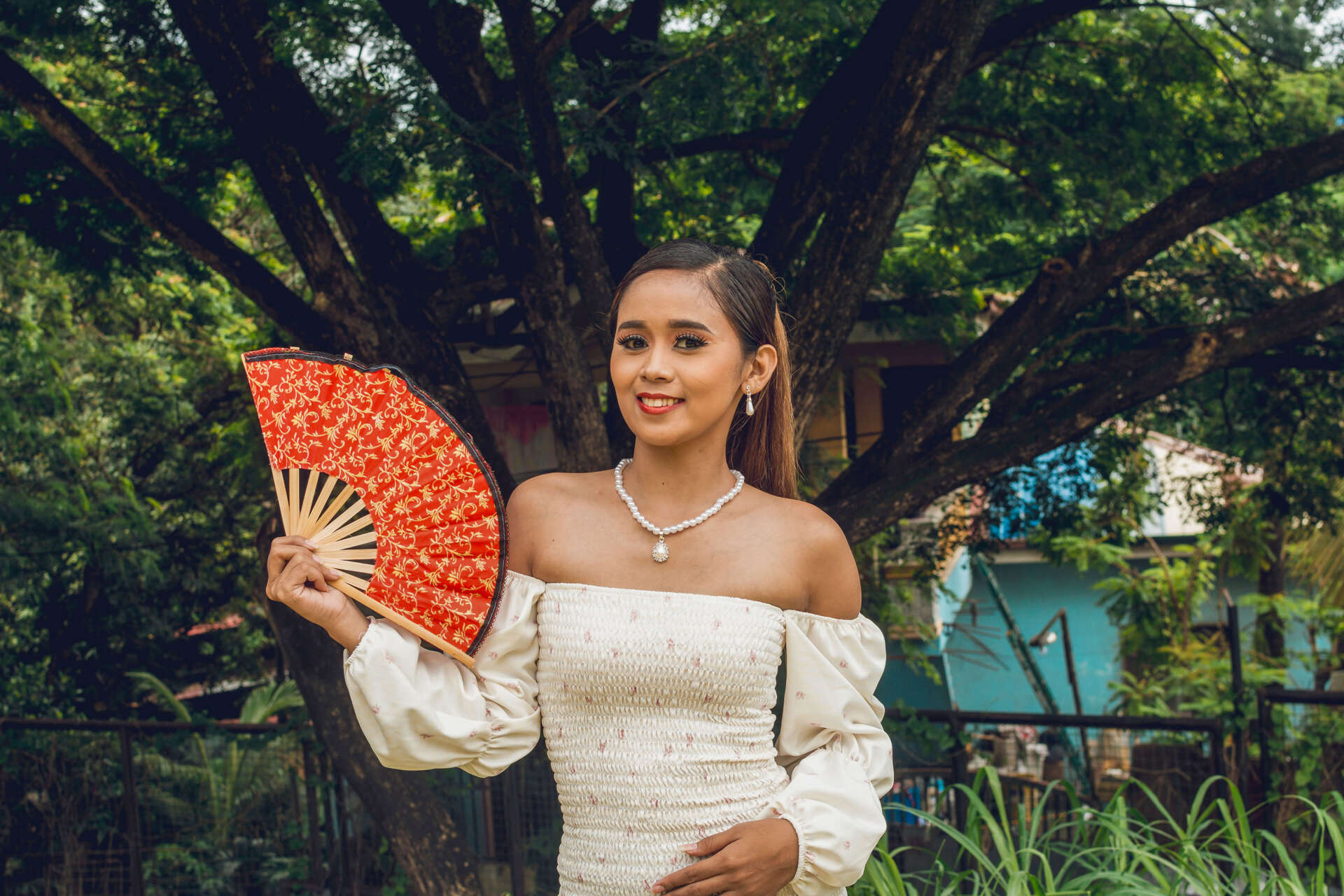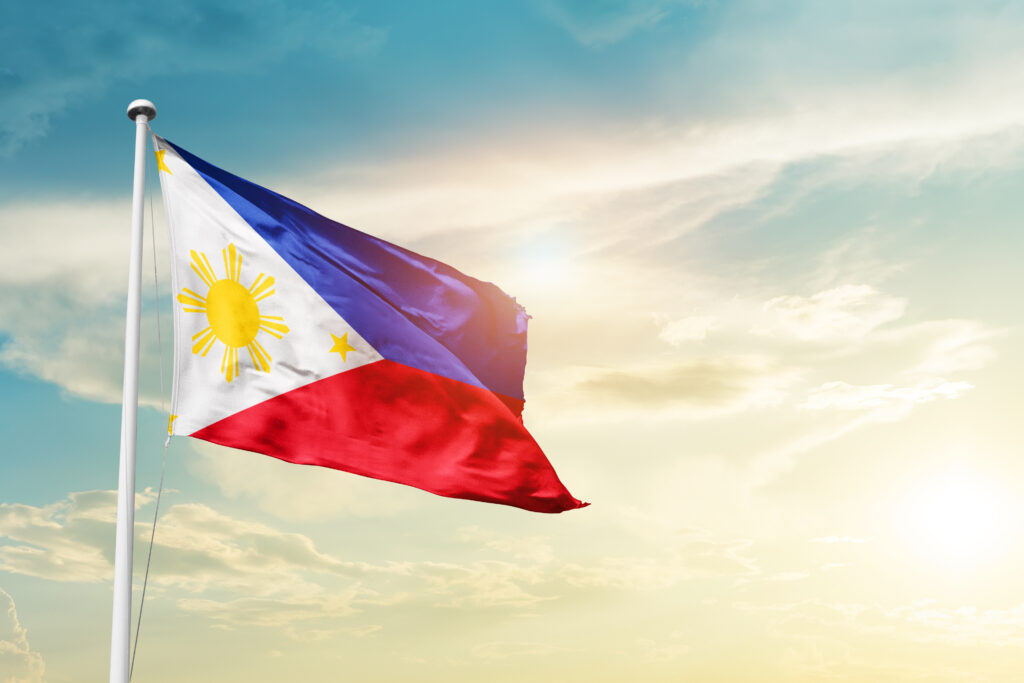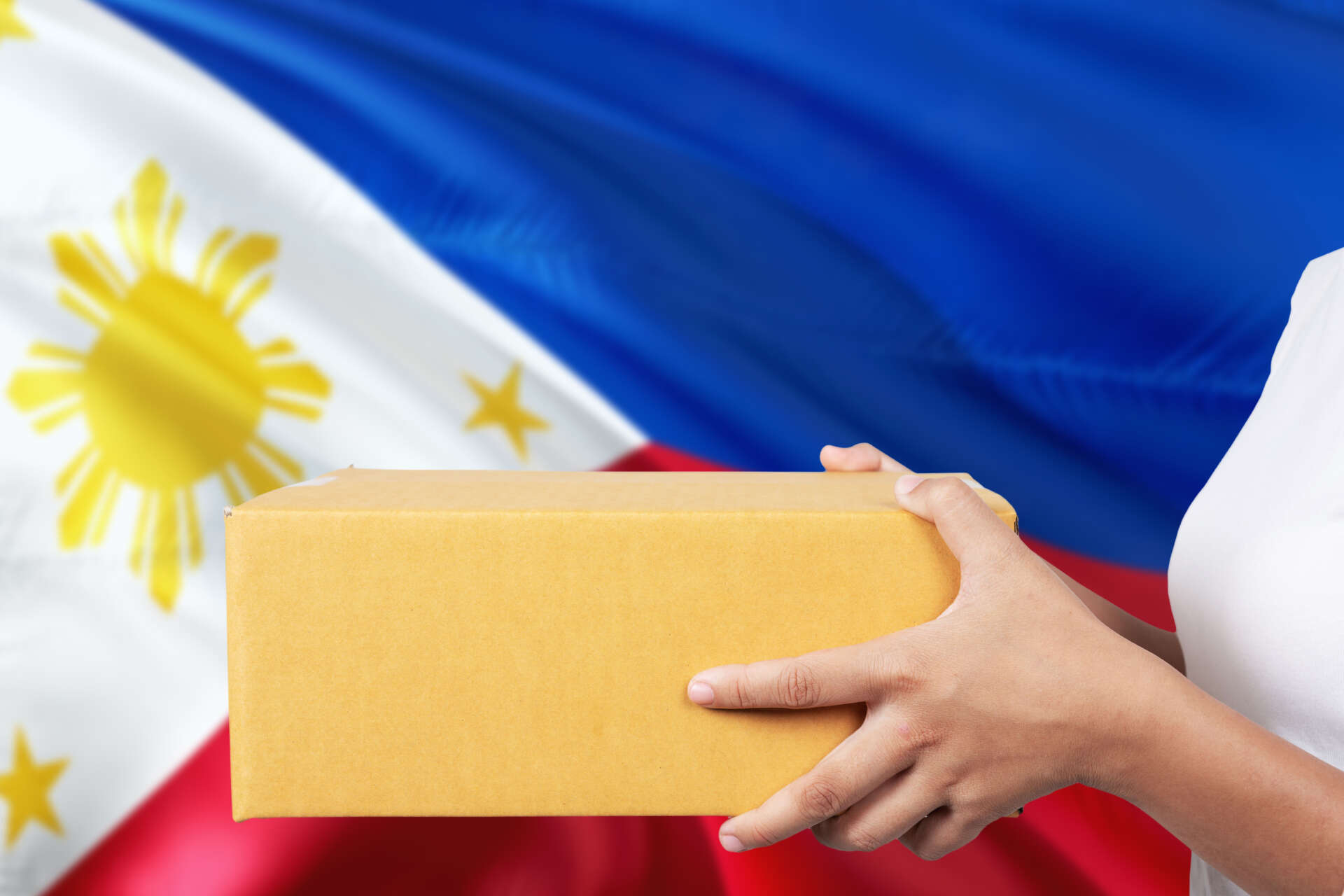Tag: wedding
Filipiniana Traditions
Filipiniana Traditions: Weaving the Threads of Cultural Heritage
Filipiniana traditions are an exquisite tapestry of customs and practices that reflect the rich and diverse cultural heritage of the Philippines. Through generations, these cherished traditions have become an integral part of Filipino life, celebrating the nation’s history, values, and identity. Let’s unravel the vibrant fabric of Filipiniana traditions and discover the beauty and significance they hold.

Flores de Mayo: A Floral Filipiniana Extravaganza
Flores de Mayo, or the “Flowers of May,” is a cherished Filipino tradition celebrated throughout the entire month of May. This religious and cultural event pays homage to the Virgin Mary and honors her with colorful and elaborate floral offerings. Young women and girls, dressed in their finest Filipiniana attire, participate in processions and parades, carrying ornate bouquets and delicately woven garlands. Flores de Mayo showcases the Filipinos’ deep devotion and appreciation for the beauty of nature, artistry, and spirituality.
Santacruzan: A Graceful Filipiniana Pageant
Santacruzan is a grand pageant held in May, typically towards the end of the Flores de Mayo celebrations. This tradition commemorates the discovery of the Holy Cross by Empress Helena, the mother of Constantine the Great. The event features a procession of young ladies, each representing a biblical character or a religious figure, elegantly dressed in their finest Filipiniana gowns and carrying symbolic attributes. The Santacruzan embodies grace, beauty, and faith, creating a spectacle that unites communities and strengthens religious ties.

Barrio Fiesta: The Heart of Community Bonding
The Barrio Fiesta is a beloved Filipino tradition that brings communities together to celebrate their local culture and heritage. This fiesta typically takes place during town or village festivals, where residents showcase their talents, culinary delights, and vibrant Filipiniana costumes. The festivities include traditional dances, music performances, and colorful parades that depict the richness of Filipino art and culture. The Barrio Fiesta fosters a sense of camaraderie and unity, creating memories that last a lifetime.
Pahiyas Festival: A Feast for the Senses
The Pahiyas Festival celebrated in the town of Lucban in Quezon province, is a splendid display of artistry and gratitude for a bountiful harvest. Homes are adorned with colorful rice wafers, kiping, and an array of fresh fruits, vegetables, and native products. Filipiniana costumes are proudly worn by locals as they participate in lively street dances and processions, expressing their appreciation for nature’s bounty. The Pahiyas Festival is a visual feast that captures the essence of Filipino creativity and agricultural traditions.
Filipino Weddings: Embracing Tradition and Love
Filipino weddings are steeped in tradition and cultural customs that highlight the unity of two families. The bride often wears a Filipiniana-inspired gown, embracing the elegance of traditional styles like the terno or Maria Clara. The Barong Tagalog, worn by the groom, exudes sophistication and respect for Filipino heritage. During the wedding ceremony, coins, candles, veils, and cords are used to symbolize unity, prosperity, faith, and the everlasting bond of love. Filipino weddings celebrate not only the love between the couple but also the importance of family and community support.

Conclusion: Embracing the Colors of Filipino Heritage
Filipiniana traditions are a kaleidoscope of colors, each representing a unique facet of Filipino identity and culture. These cherished customs serve as a tapestry that weaves the threads of history, artistry, and spirituality into the fabric of Filipino life.
As Filipinos partake in the joyous festivities of Flores de Mayo, Santacruzan, Barrio Fiesta, Pahiyas Festival, and weddings, they celebrate the beauty of their homeland and the shared bonds of their communities. These traditions are not only a reflection of the past but also a promise to preserve and pass on the vibrant heritage to future generations.
Through the celebration of these timeless customs, Filipiniana traditions keep the spirit of the Philippines alive, instilling a sense of pride in being part of a nation with a rich cultural legacy. As Filipinos continue to embrace their colorful traditions, they form an unbreakable connection to their roots and the essence of being Filipino – a people united by a shared history, customs, and love for their vibrant and diverse homeland.


